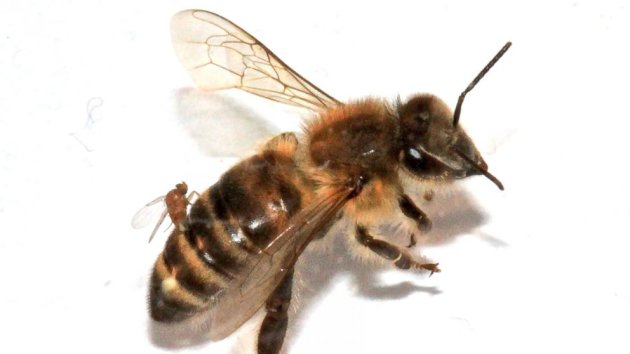12 hours ago

© Toby Melville / Reuters / REUTERS
The Caribbean Princess is returning to Houston a day early after an outbreak of illness on board.
The ship, operated by Princess Cruises, is heading back to Houston a day early, company officials said, citing both anticipated dense fog and a confirmed outbreak of norovirus.
At least 176 people on board fell ill during the cruise, according to the cruise line and the Centers for Disease Control and Prevention.
That includes 165 of the 3,104 passengers and 11 of the 1,149 crew members. Two CDC health officials were expected to board the ship late Thursday and Friday. The vessel launched on a seven-day cruise to the western Caribbean on Jan. 25. It was scheduled to return on Saturday.
Cruise line officials said in a statement that three passengers currently had active symptoms of norovirus.
The move follows a high-profile outbreak of illness on the Royal Caribbean ship Explorer of the Seas, which returned early to New Jersey on Wednesday after a fast-moving stomach bug sickened nearly 700 people.
This is the third cruise ship outbreak to occur this year alone. A Norwegian Cruise Line ship, the Norwegian Star, reported that 130 passengers and 12 crew members fell ill on two-week cruise that launched Jan. 5 from Miami.
About 20 million passengers take cruises in the U.S. each year, fueling a $37.8 billion annual industry, according to the American Association of Port Authorities. There were nine vessel outbreaks in 2013 and 16 in 2012, according to the CDC.
Cruise ships that carry 13 or more passengers and have a foreign itinerary with U.S. ports are under the jurisdiction of the CDC’s Vessel Sanitation Program, and cruise lines pay voluntary fees for inspection and training services. They’re required to tell CDC if 2 percent or more of passengers on a ship fall ill, officials said.
Norovirus is a common culprit in outbreaks on cruise ships, in nursing homes and other confined places. It is a fast-moving gut bug typically spread by infected people or contaminated food or water. Norovirus is the most common cause of acute gastroenteritis in the U.S., resulting in about 21 million illnesses, between 56,000 and 71,000 hospitalizations and as many as 800 deaths, the CDC says.
The virus lingers on surfaces and spreads very easily. Thorough handwashing with hot water and soap and meticulous environmental cleaning can help stop the spread.
















































